Testudo: The Military Formation that Lasted from Ancient Rome to Today
The testudo was a type of shield wall formation, commonly used by the Roman legions during battles.
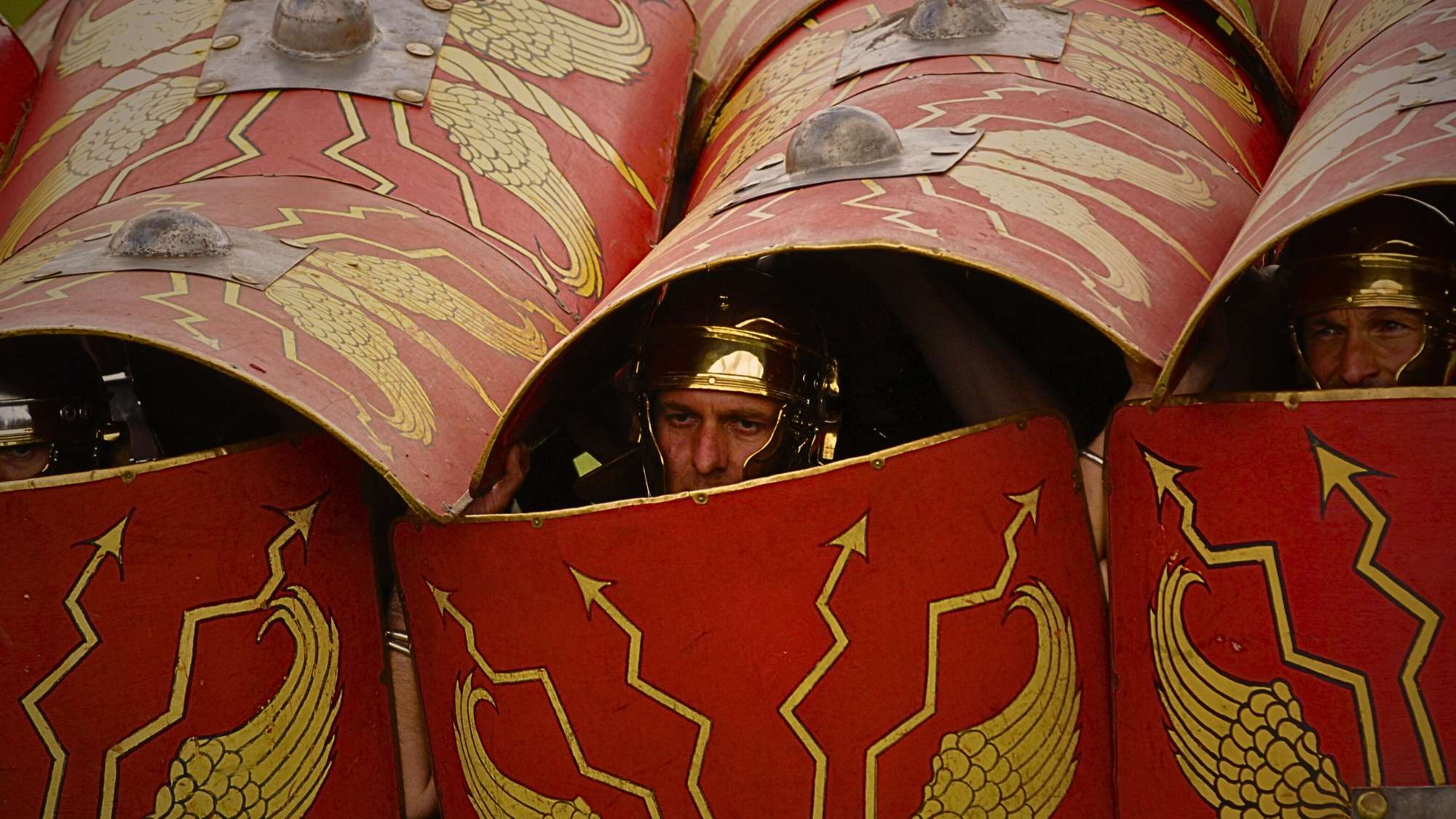
The testudo or tortoise formation was a type of Roman shield wall formation, often employed to defend against projectiles, particularly during sieges. The word testudo means "tortoise" in Latin, referencing the way the soldiers' shields overlapped to create a protective shell-like barrier. While effective in specific situations, such as advancing under heavy fire, the formation wasn't a guaranteed path to victory.
Designed to shield soldiers from various types of missile attacks, the testudo could be used both by stationary troops and those advancing. However, its dense structure had significant drawbacks, particularly in hand-to-hand combat where mobility and speed were compromised. Additionally, soldiers had to move in unison, which made rapid adjustments challenging. A variant of this tactic, known as "foulkon," was later used by Byzantine forces against their eastern enemies.
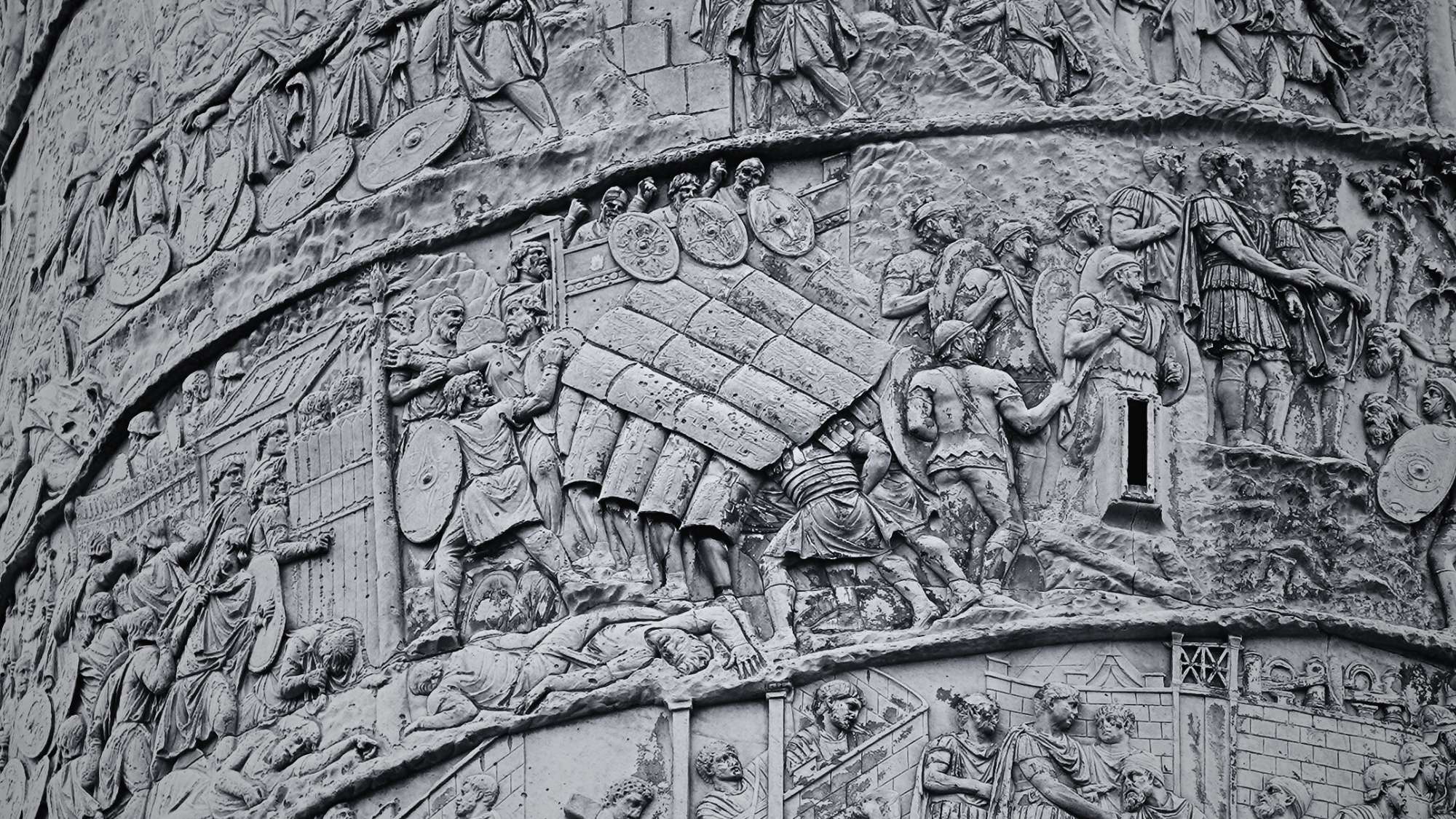
In the eleventh spiral of Trajan's Column, Roman troops are depicted attacking a Dacian fortress using the testudo formation.
Column of Trajan, Romans in testudo formation attack Dacians. Credits: profzucker, CC BY-NC-SA 2.0
Livy describes this maneuver in detail in his work:
". . . the men in the front file and those at the sides of the following files kept their shields facing towards the front and sides respectively, while the remainder held their shields above their heads so as to form a roof to protect them from missiles thrown down at them by the defenders; the roof-shields of each file had to overlap slightly those of the following one, so that missiles slid harmlessly down and away, and all the men had to keep rigorously in step throughout their approach to the wall”
The Roman Army and its Tactics
The Roman Army is considered one of the most formidable military forces in history, with its influence on warfare tactics continuing for generations. At the height of the Roman Empire, which spanned over 2.75 million square miles, the army was responsible for maintaining order across this vast territory.
The success of the Roman Army can be attributed to its strategic formations, adaptable troop organization, and flexible deployment, which allowed it to manage such a large and diverse empire. Infantry battles during Roman times were characterized by cautious combat. Unlike the fast-paced, stylized battles seen in modern movies, real Roman battles involved prolonged stand-offs, where the opposing forces sized each other up while exchanging insults and missiles.
Only brief and localized hand-to-hand combat would erupt, often ending when one side withdrew to regain a defensive position. Soldiers were careful to minimize exposure, hiding behind their shields and using short, controlled sword movements. The primary aim of most Roman soldiers was survival, and this cautious approach meant that casualties on both sides remained relatively even until one side could no longer withstand the physical and psychological toll of combat.
The Roman Imperial Army was among the first military forces to recognize the critical impact of morale and psychological endurance on the outcome of battles, which is evident in their tactical approach. They employed a multi-line formation that varied depending on the commander’s preference and battlefield conditions.
For instance, Caesar often used the triplex acies, where four cohorts formed the front line and three filled the second and third lines, with intervals and distances adjusted based on terrain and enemy maneuvers. Alternatively, the duplex acies divided the legion’s ten cohorts evenly between two lines. This system allowed the Romans to cycle in fresh troops, providing psychological stamina.
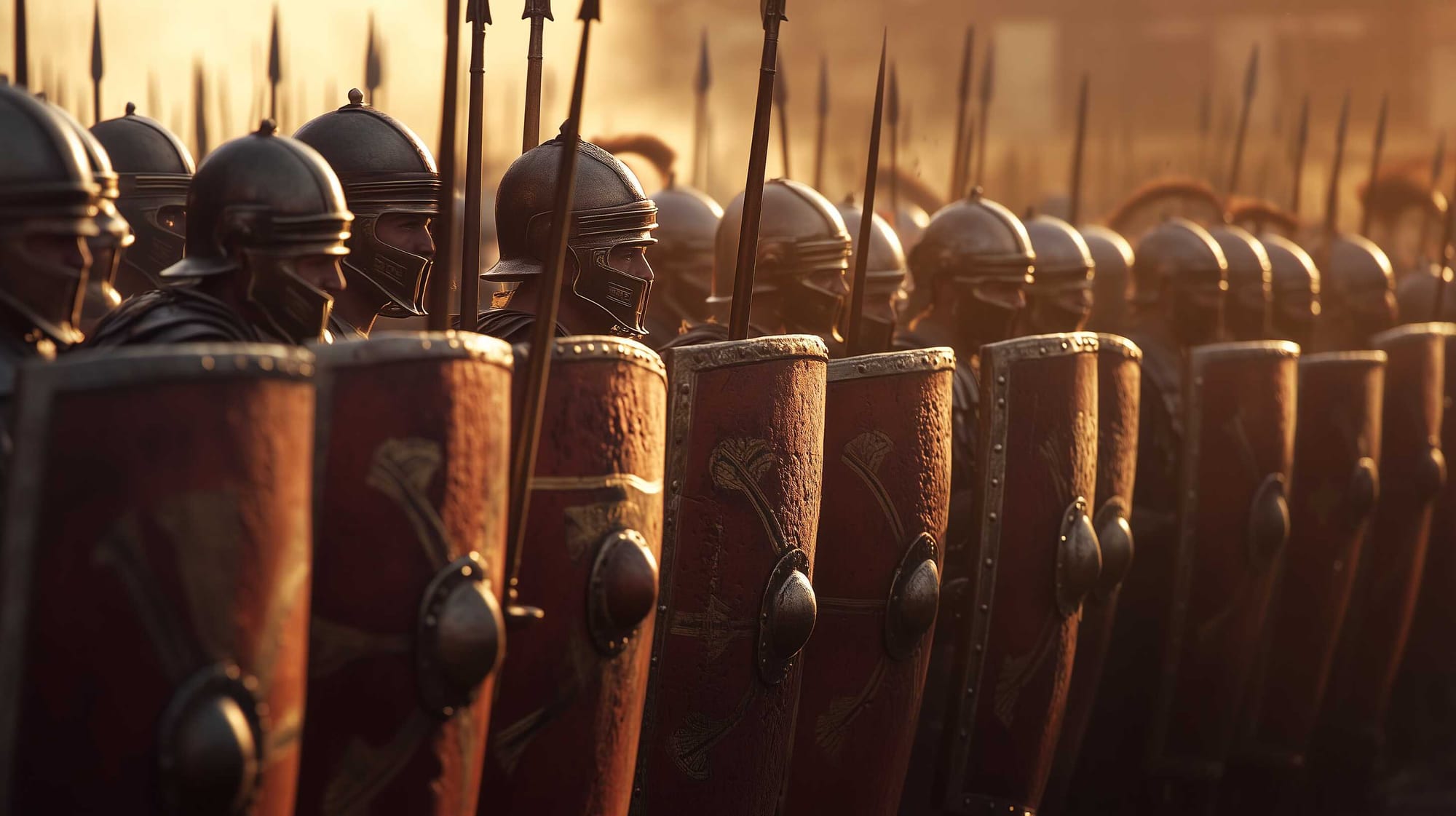
Livy illustrates this tactic's effectiveness, describing a battle where Roman reinforcements tipped the balance:
“Victory hung in the balance...until the Roman second line came up with undiminished vigour to relieve their exhausted comrades in the first; and the Etruscans, whose fighting line was supported by no fresh reserves, all fell”.
Alongside the multi-line strategy, Romans employed early versions of “Shock and Awe” tactics, starting with missile barrages to disorient the enemy before engaging in close combat, where their discipline gave them an advantage. These tactics enabled the Romans to maintain stability in their empire without needing excessive troops to defeat larger forces.
The Roman Empire’s diversity presented the army with a wide range of enemies, from disciplined Macedonian phalanxes to disorganized barbarian hordes. Roman legionaries, equipped with heavy armor and the scutum shield, excelled in structured engagements but struggled against foes with looser formations.
To adapt, the Romans used auxiliaries—local troops lightly armed and better suited to different terrains and irregular tactics. These auxiliaries gave the Roman army greater flexibility, allowing them to face varied enemies across multiple environments successfully. (The Roman Army: Strategy, Tactics, and Innovation The Roman Army: Strategy, Tactics, and Innovation, by Weiyi Zhou)
The typical Roman legionnaire was highly effective on solid, flat terrain but faced challenges on uneven ground. Livy, for example, recounts a battle where Roman legionaries were defeated by a Spanish cohort:
“These [Spanish] troops were more used to mountains, and better suited to skirmishing amid rocks and crags, and being more agile and more lightly armed, they had no difficulty —thanks to the nature of the fighting— in getting the better of an enemy [Roman Legionaries] whose heavy armour and stationary tactics were adapted to level 5 ground.
Thus, the struggle had been far from equal, when they parted and made off for their respective camps. Hardly any of the Spaniards had been hurt, but the Romans had lost a considerable number of their men”.
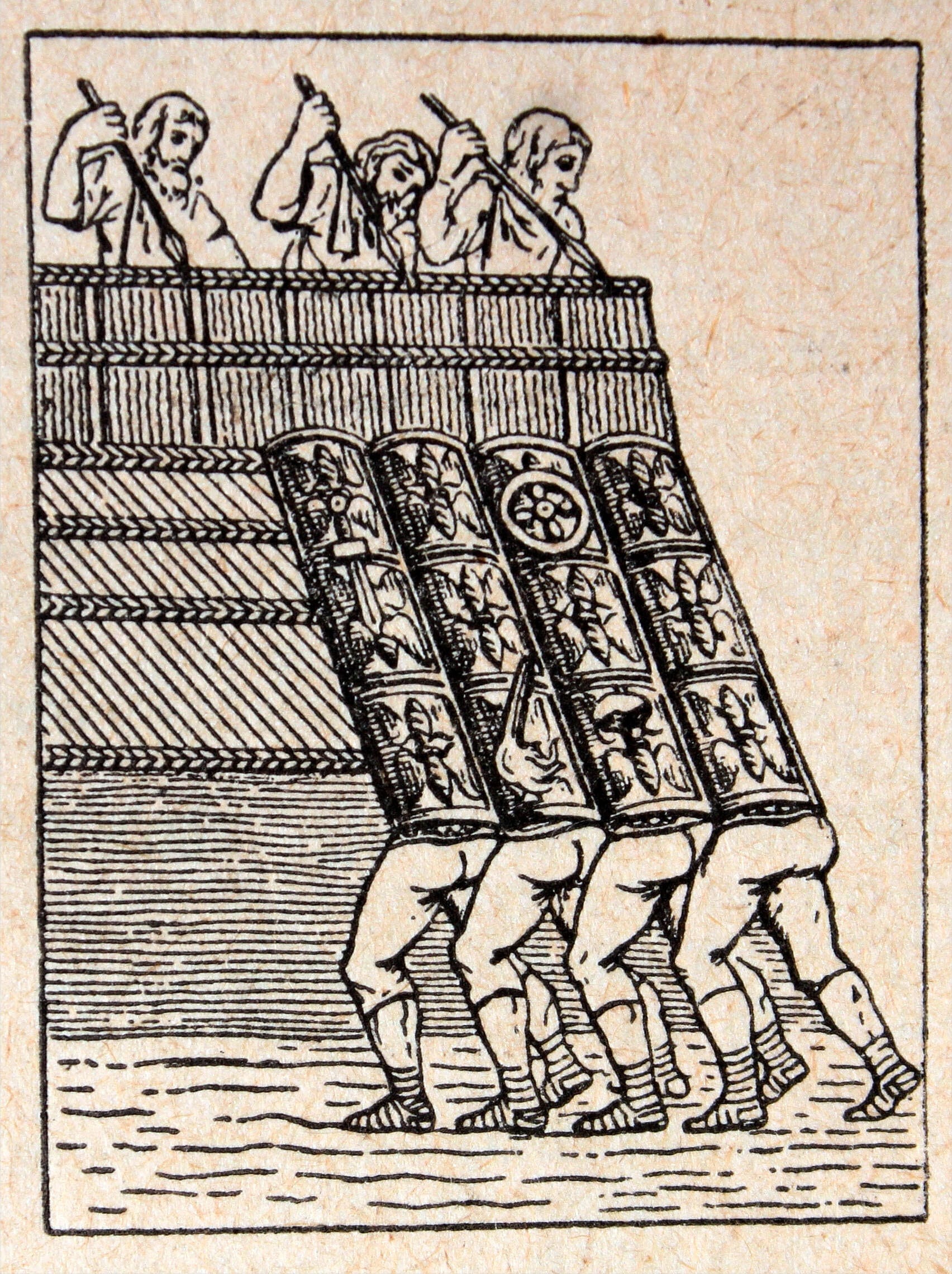
The Testudo Formation
Roman soldiers often required open-order formations to effectively use their swords, but they also frequently needed to adopt close-order defensive formations with locked shields. These formations were crucial for defending against missile attacks or resisting enemy charges.
For example, during the Second Punic War against the Celtiberians in Spain, Livy reports that Roman troops faced a barrage of missiles and responded by closing ranks, forming a shield wall: “closing together according to custom, they received with their shield wall” (conferti, ut solent, densatis excepissent scutis).
During the civil war between Vitellius and Vespasian, Tacitus recorded that Vespasian’s forces arranged themselves into dense ranks to repel a disorganized charge by Vitellius’ troops: "dressed themselves into close-ordered ranks" (firmati inter se densis ordinibus). The most extreme version of such a defensive formation was the testudo, where the front ranks interlocked shields while those in the rear held their shields above to protect from overhead projectiles.
In combat, Roman soldiers would quickly form such defensive stances to protect themselves from missile fire or sudden enemy charges, then shift back into more open formations to counterattack. For instance, during the Third Macedonian War, Livy reports that a Roman detachment under attack formed a spherical defense with locked shields but later opened ranks to launch an offensive.
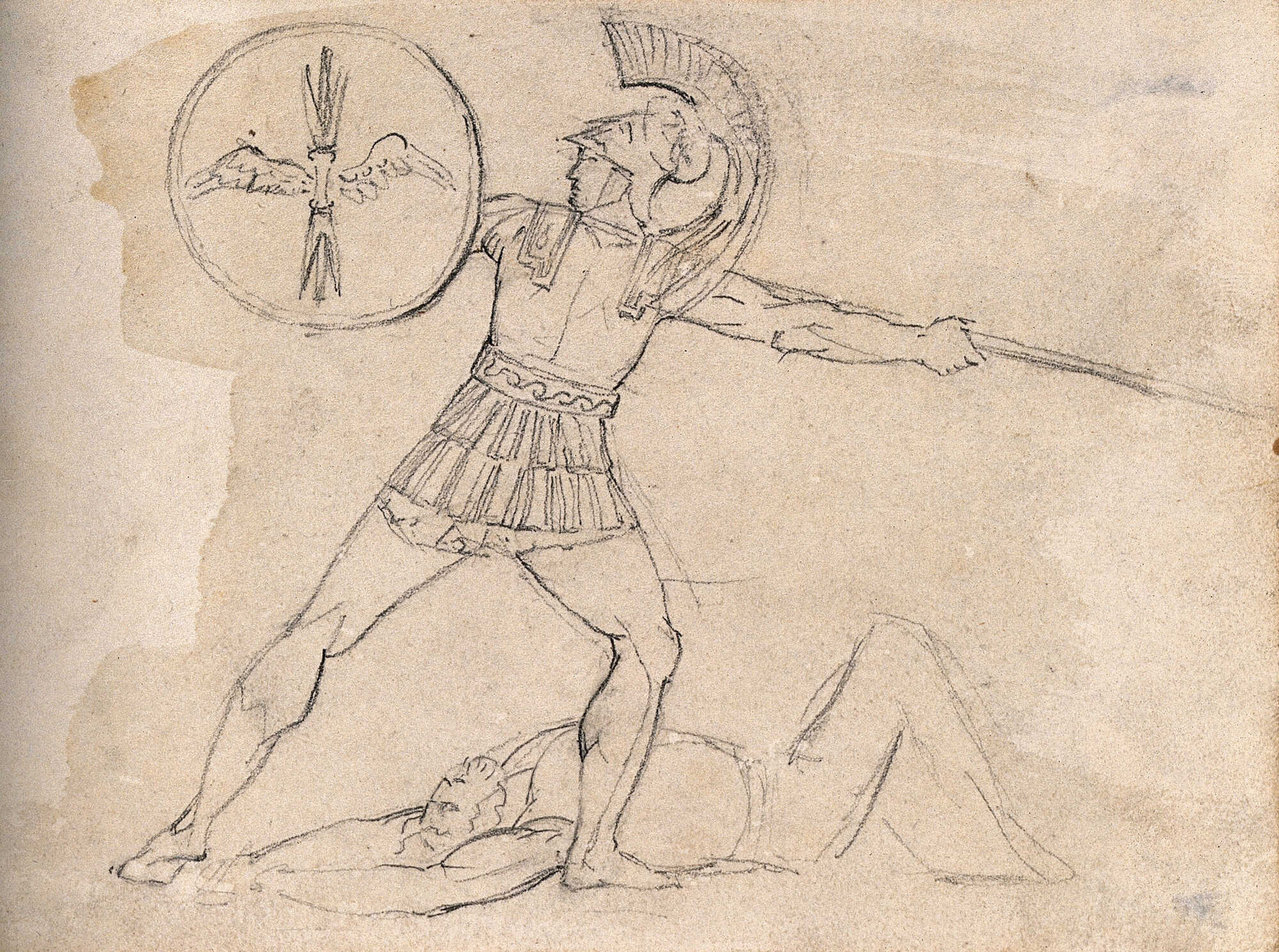
Similarly, Julius Caesar instructed his men to “open the maniples” against a Germanic horde to create space for swordplay. Cassius Dio reports that Mark Antony’s legionaries also used locked shields (συνασπίσαντες) against Parthian archers but later “opened the battle line” (τήν φάλαγγα ἅμα ἀνέπτυξαν) for hand-to-hand combat, a maneuver likely corresponding to the Latin terms laxare manipulos or soluere ordines.
The exact method by which the Romans “opened the maniples” remains somewhat unclear, though some scholars suggest that the simplest approach would have been for every other soldier in a file to take a step forward. This maneuver would create a checkerboard-like open-order formation, where the soldiers in the second rank would align themselves with the gaps between those in the first rank. This model of small-unit Roman tactics aligns well with literary sources and is considered both tactically feasible and efficient.
In this formation, the soldiers in the second rank could quickly reform a close-order shield wall (densata scuta or testudo) by stepping forward into the front rank. Additionally, if needed, a soldier in the second rank could support those fighting in the front by throwing a javelin, using the bottom of his scutum to strike, or stepping forward to engage with his sword. (Visual evidence for Roman infantry tactics, by Michael J. Taylor, Santa Clara University)
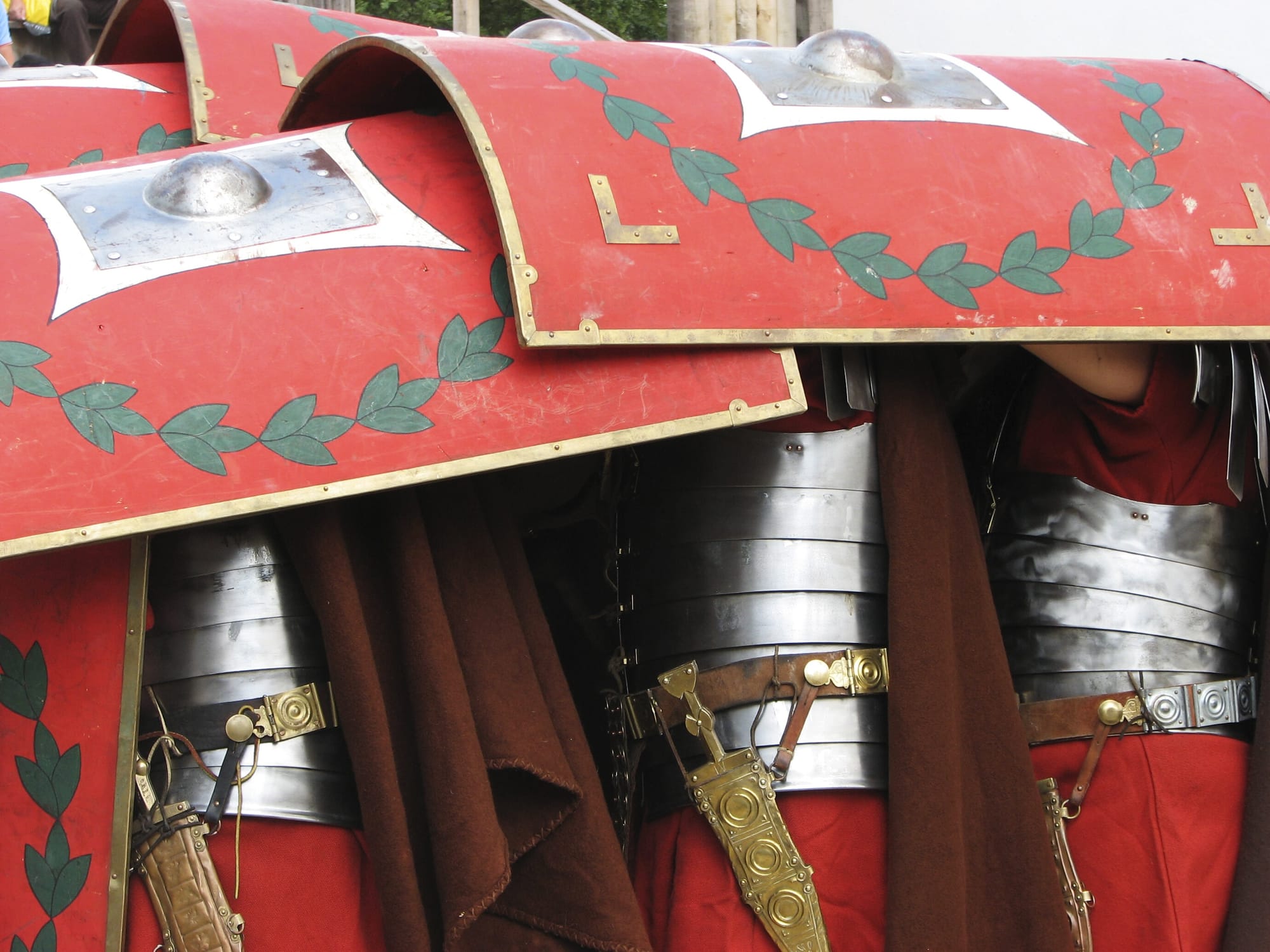
Visual evidence of this formation might show a soldier in the foreground with another soldier slightly offset to the left or right behind him.
Inside a testudo. Credits: hans s, CC BY-ND 2.0
There is no historical evidence on who “invented” the testudo or when it was used as a military formation for the first time. But Cassius Dio, in his Roman History writes about the testudo done from Antony’s soldiers during the war with the Parthians:
“As a result there were some desertions, and they would all have gone over to the enemy, had not the barbarians shot down before the eyes of the others any who had ventured to take this course.
Consequently the men refrained from this, and by good fortune hit upon the following idea.
One day, when they fell into an ambush and were being struck by dense showers of arrows, they suddenly formed the testudo by joining their shields, and rested their left knees on the ground.
The barbarians, who had never seen anything of the kind before, thought that they had fallen from their wounds and needed only one finishing blow; so they threw aside their bows, leaped from their horses, and drawing their daggers, came up close to put an end to them.
At this the Romans sprang to their feet, extended their battle-line at the word of command, and confronting the foe face to face, fell upon them, each one upon the man nearest him, and cut down great numbers, since they were contending in full armour against unprotected men, men prepared against men off their guard, heavy infantry against archers, Romans against barbarians.
All the survivors immediately retired and no one followed them thereafter.
This testudo and the way in which it is formed are as follows.
The baggage animals, the light-armed troops, and the cavalry are placed in the centre of the army. The heavy-armed troops who use the oblong, curved, and cylindrical shields are drawn up around the outside, making a rectangular figure; and, facing outward and holding their arms at the ready, they enclose the rest.
The others, who have flat shields, form a compact body in the centre and raise their shields over the heads of all the others, so that nothing but shields can be seen in every part of the phalanx alike and all the men by the density of the formation are under shelter from missiles.
Indeed, it is so marvellously strong that men can walk upon it, and whenever they come to a narrow ravine, even horses and vehicles can be driven over it. Such is the plan of this formation, and for this reason it has received the name testudo, with reference both to its strength and to the excellent shelter it affords.
They use it in two ways: either they approach some fort to assault it, often even enabling men to scale the very walls, or sometimes, when they are surrounded by archers, they all crouch together — even the horses being taught to kneel or lie down — and thereby cause the foe to think that they are exhausted; then, when the enemy draws near, they suddenly rise and throw them into consternation.
The testudo, then, is the kind of device just described.
As for Antony, he suffered no further harm from the enemy, but underwent severe hardships by reason of the cold; for it was now winter, and the mountainous districts of Armenia, through which the only route led, — and he was glad enough to take it, — are never free from ice.
His soldiers' wounds, which were many, there caused them the greatest distress.”
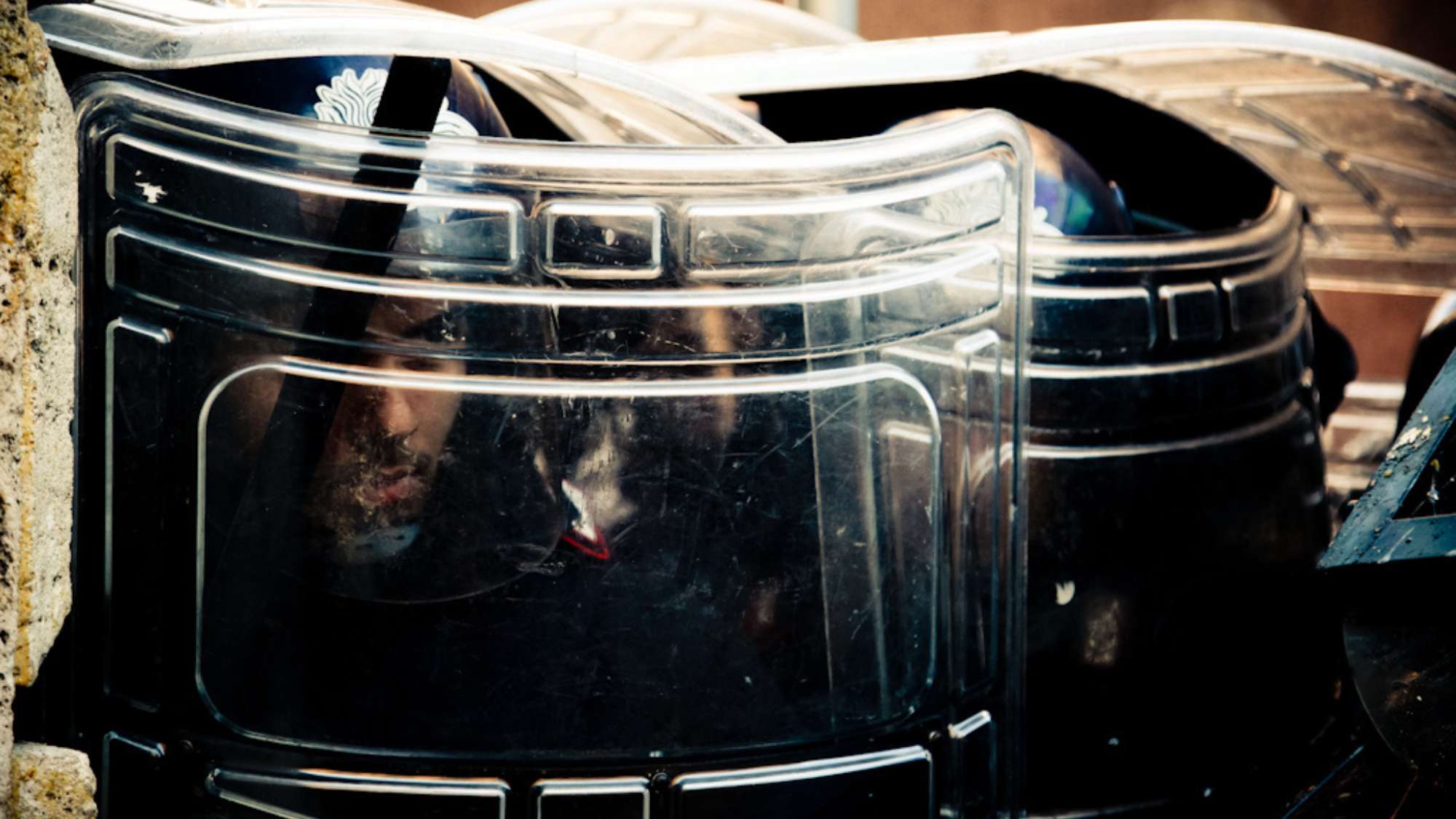
If you observe modern riot police, they also carry shields and employ various ancient formations, including the testudo, for the same reasons the Romans did: to protect themselves from thrown projectiles like bricks and stones. The formation's purpose remains consistent across time, providing a defensive barrier against improvised missile weapons.

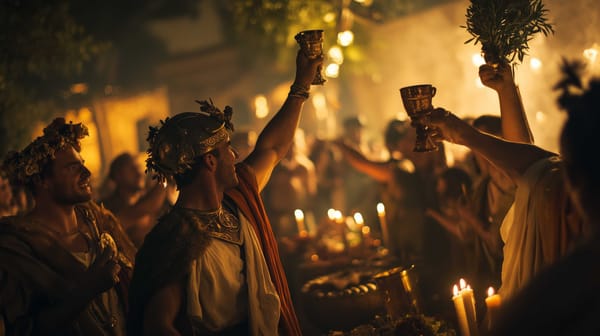
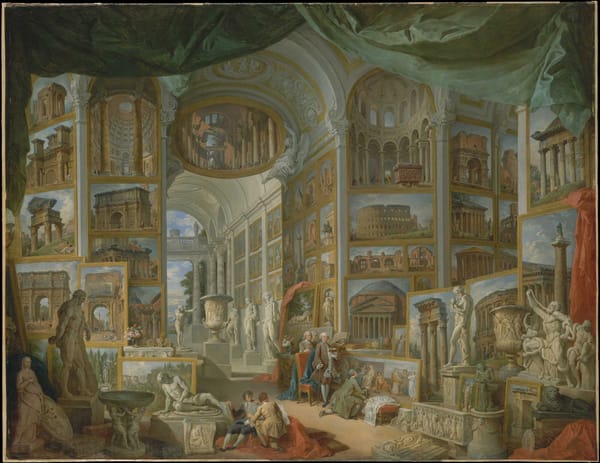
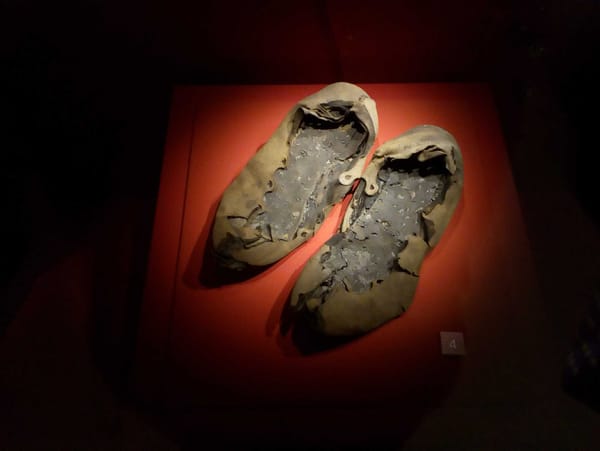
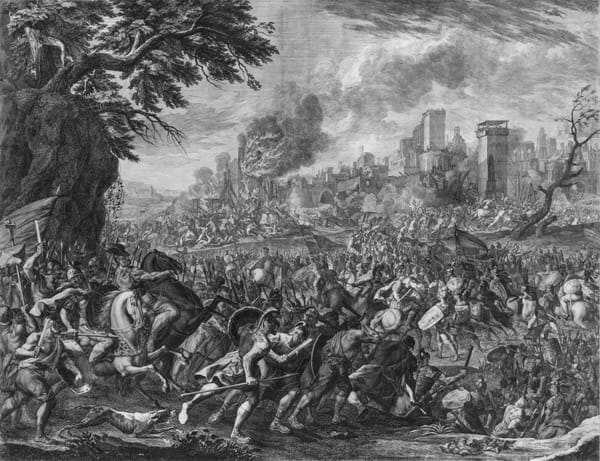
About the Roman Empire Times
See all the latest news for the Roman Empire, ancient Roman historical facts, anecdotes from Roman Times and stories from the Empire at romanempiretimes.com. Contact our newsroom to report an update or send your story, photos and videos. Follow RET on Google News, Flipboard and subscribe here to our daily email.
Follow the Roman Empire Times on social media: